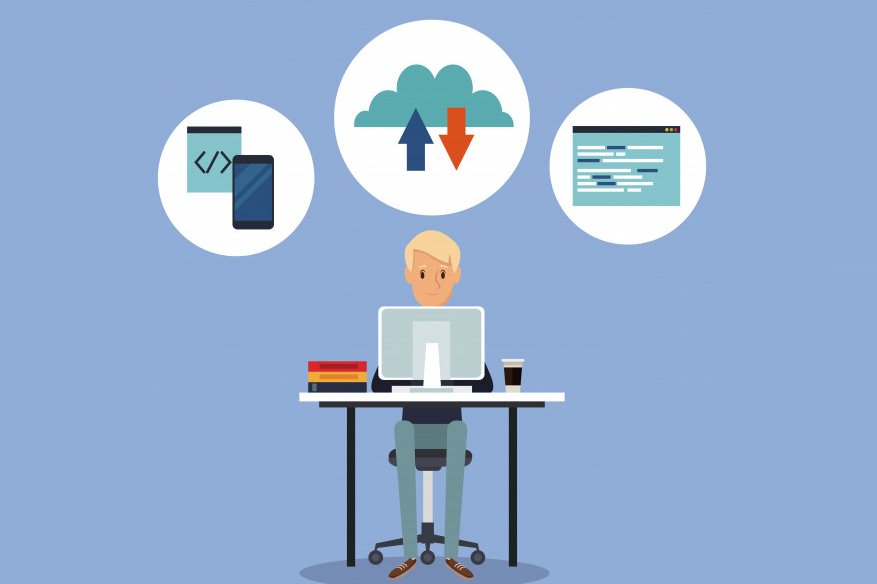5 Bad “Features” Not To Look For In A CMS Software

The Content Management System market is very competitive these days, with a partial list of all CMS softwares that exist can be seen in a Wikipedia page. Whether the web admin chooses one CMS software over another is not just a matter of taste these days, There are features and flexibility of one CMS solution versus other CMS program, but the most important of all is the capability and willingness of the developers to keep their CMS secure and private.
Of course, just like other categories of software, the number of features and the richness of the CMS’ ecosystem is inversely proportional to the security vulnerabilities of the software. It is up to the webmasters what needs to be prioritized, provided that they are aware of the risks involved. If they choose to favor features vs the security implications of having those features, such decision may spell an excellent experience for the website’s visitors or cause harm for the owners of the website, as it becomes a victim of cybersecurity issues later.
Below is a checklist of the most commonly abused vulnerabilities for a website that all webmasters needs to be aware of:
Lack of HTTPS
Traditionally, the HTTP protocol is not encrypted, so it is not secure. This allows an attacker to use man-in-the-middle attacks , use credentials of other users, cookies or any other sensitive data. It is advisable to use SSL certificates which allows you to substantially improve the security of your website.
Outdated software
Software update is one of the fastest and most recommended ways to keep your website safe for its users. A single outdated security patch can open the door to attackers. If you use CMS systems, keep the platform updated as well as its plugins and other additional elements that are part of the platform’s operation.
Cross-Site Scripting
One of the most recurrent security threats on the web is XSS, this allows an attacker to inject malicious code into a site that can affect visitors. Modern frameworks have good tools to prevent this kind of attacks. It is important to keep your scripts and applications updated.
Cross-Site Request Forgery
A CSRF attack forces the user’s browser to perform unintended actions when the user is logged into a site. HTML forms that do not have data validation are susceptible to this type of attack. Security measures must be taken in the data entry elements to ensure that the authenticated user is the one who uses the service.
SQL injection
This is a critical vulnerability that affects database servers. The attacker exploits the vulnerabilities of the database with which they obtain extraction of sensitive information through the inclusion of codes. The use of parameterized queries and stored procedures can reduce the chances of attack since they allow the database to distinguish between user information and SQL code.
Although every day there are more and more ways to attack a website, these 5 points are a good starting point to take into account for the correct and safe operation of any web platform. It goes back to the risk appetite of the webmaster and the people behind the website, as the most secure site is a website that is not online. A publicly accessible site needs to provide enough cybersecurity defense features in order to at the very least discourage cyber criminals from launching a cyber attack campaign against them.